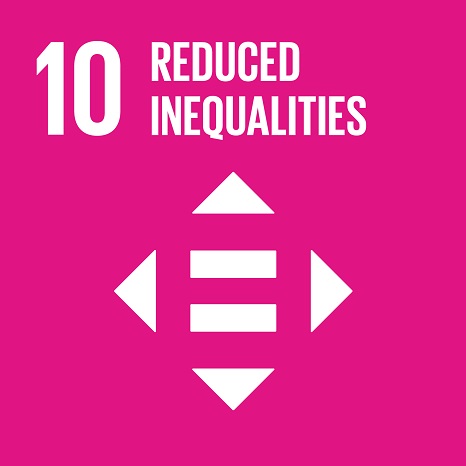Ciência_Iscte
Publications
Publication Detailed Description
Journal Title
Sociologia On Line
Year (definitive publication)
2022
Language
Portuguese
Country
Portugal
More Information
Web of Science®
Scopus
This publication is not indexed in Scopus
Google Scholar
This publication is not indexed in Overton
Alternative Titles
(English) Is built heritage averse to statistics? National Monuments and public access
Abstract
Discute-se neste artigo a questão das estatísticas oficiais nacionais para aferição da matéria do acesso público e dos visitantes do património cultural imóvel em Portugal. A metodologia é quantitativa, de inquérito por questionário, cujo preenchimento foi solicitado aos responsáveis dos Monumentos Nacionais, e que incidiu nas seguintes dimensões: acesso, visitantes, valências, pessoal afeto e atividades. O trabalho de campo decorreu em dois anos: 2019, com recolha de dados referentes a 2017 e 2018 e em 2020 com dados referentes a 2019. A base empírica é constituída por MN visitáveis (n=172 em 2019 e n=166 em 2020). Os resultados obtidos são apresentados em dois planos: a caracterização dos MN inquiridos e o volume e evolução dos visitantes.
Ao contrário do que a ausência prolongada de estatísticas nacionais sobre o património cultural imóvel deixaria supor, não se trata de um domínio avesso à sua medição. Se isso pode ser assim para o conjunto do património classificado, muito heterogéneo de vários pontos de vista, demonstra-se que uma parte relevante, constituída pelos Monumentos Nacionais visitáveis, pode, e deve ser objeto de inquérito regular tal como acontece com outros equipamentos e atividades culturais.
____
This article discusses the issue of using national official statistics to measure public access to
immovable cultural heritage in Portugal. The methodology is quantitative, with recourse to a survey
focused on the following dimensions: access, visitors, valences, personal and activities, answered by
the responsible person in charge of each National Monument (NM) surveyed. The fieldwork took place in 2019 and 2020 and collected data for the period 2017 to 2019. The empirical basis consists of visitable NM (n=172 in 2019 and n=166 in 2020). The results obtained are presented in two plans: the
characterization of the surveyed NM and the volume and evolution of their visitors.
Contrary to what the extended absence of national statistics on built cultural heritage would suggest,
this is not a domain averse to its measurement. If this is can be appointed for the entire universe of built
cultural heritage, very heterogeneous from various points of view, it is demonstrated that a relevant
part, the visitable NM, can, and should be subject to regular surveys as in other cultural equipment and
activities.
Acknowledgements
--
Keywords
Património cultural imóvel,Políticas culturais,Visitantes de monumentos nacionais,Estatísticas oficiais da cultura
Fields of Science and Technology Classification
- Sociology - Social Sciences
- History and Archeology - Humanities
Related Projects
This publication is an output of the following project(s):
Contributions to the Sustainable Development Goals of the United Nations
With the objective to increase the research activity directed towards the achievement of the United Nations 2030 Sustainable Development Goals, the possibility of associating scientific publications with the Sustainable Development Goals is now available in Ciência_Iscte. These are the Sustainable Development Goals identified by the author(s) for this publication. For more detailed information on the Sustainable Development Goals, click here.

 Português
Português


